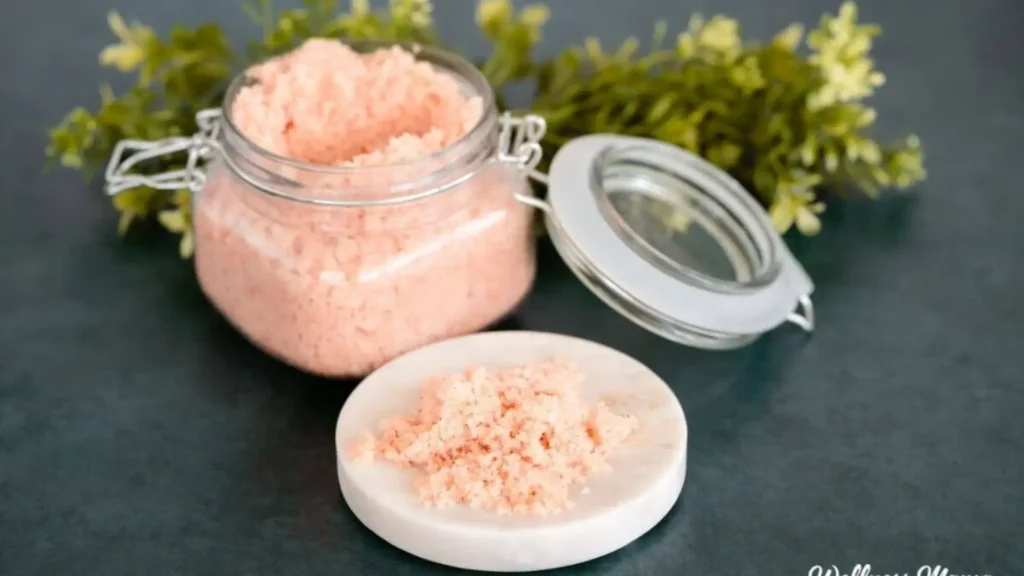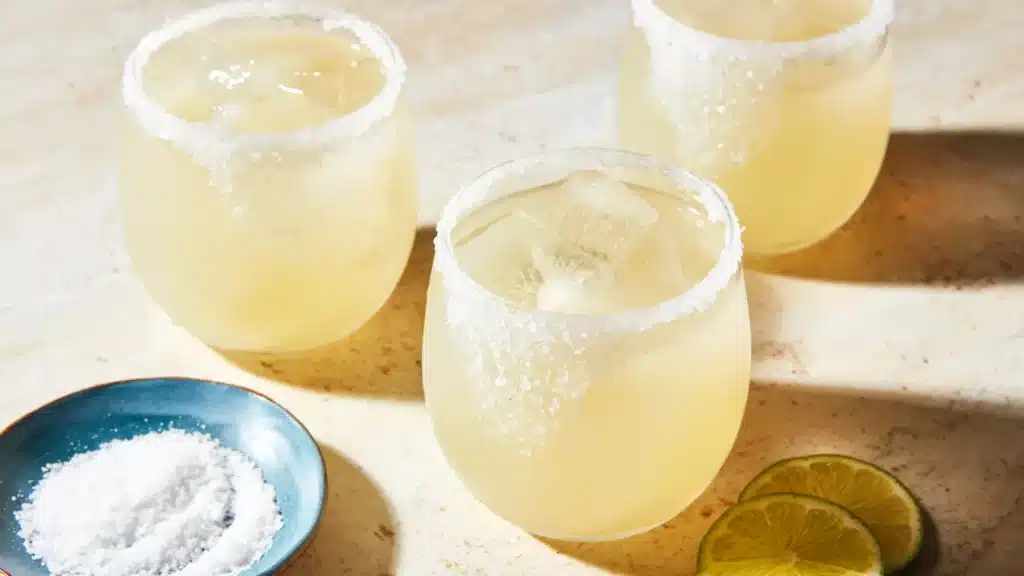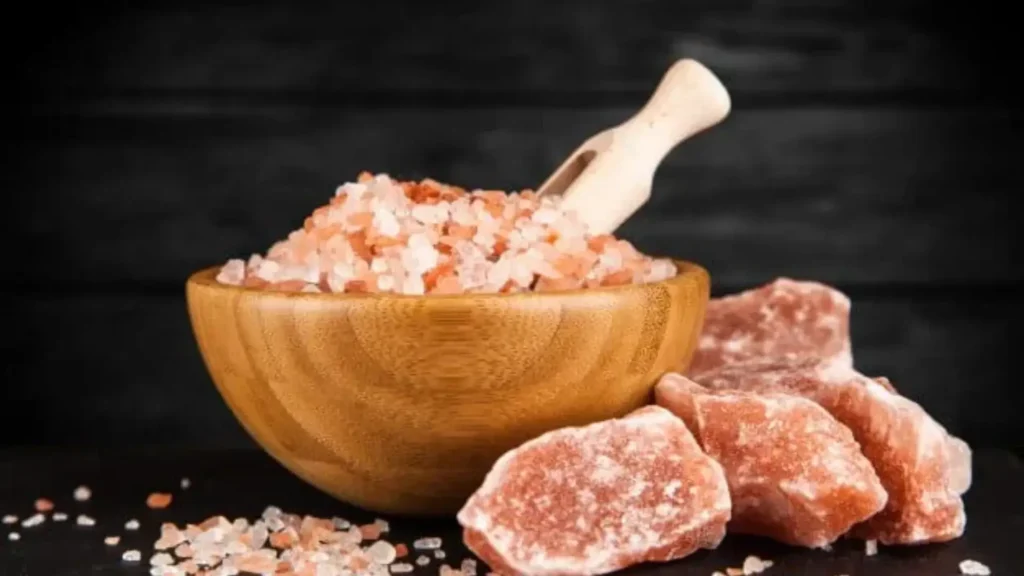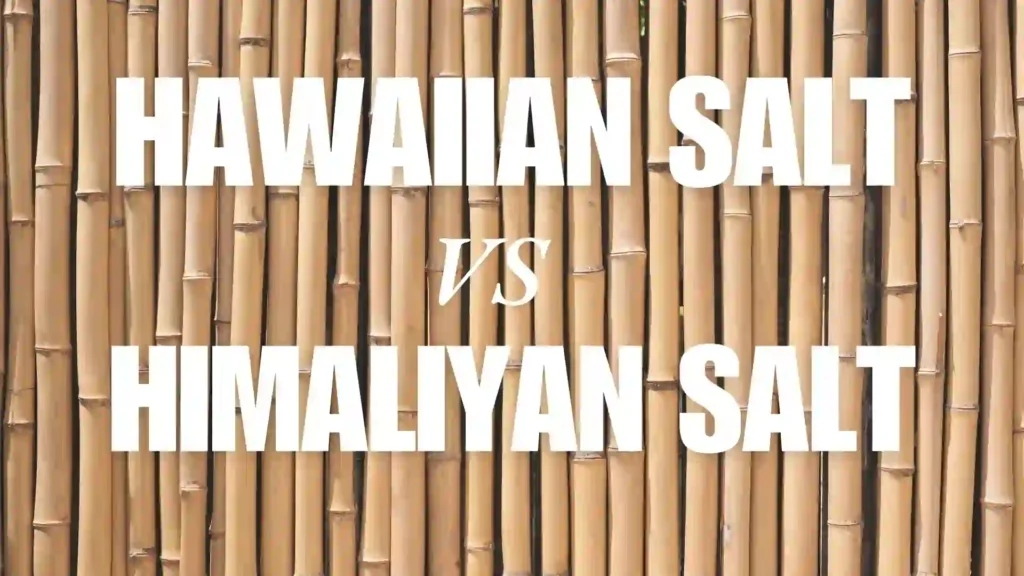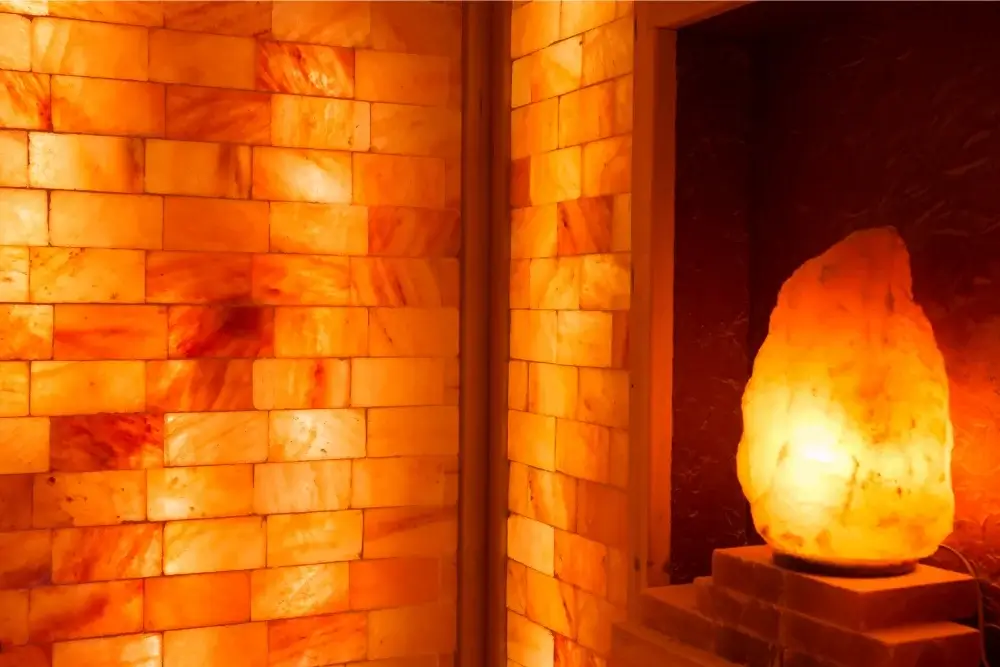Antibacterial Properties Of Himalayan Salt
Is Himalayan Salt Antibacterial? Exploring The Antibacterial Properties of Himalayan Salt Himalayan salt, a natural wonder found deep within the Himalayan mountains, has long been revered for its unique properties and potential health benefits. One of the most intriguing aspects of this mineral-rich salt is its antibacterial capabilities, which have been the subject of growing interest in the scientific community. In this comprehensive blog, we will delve into the fascinating world of Himalayan salt’s antibacterial properties, exploring its potential applications in salt therapy, natural remedies, and everyday life. Table of Contents The Antibacterial Prowess of Himalayan Salt Himalayan salt, often referred to as “pink gold,” is a testament to the power of nature. This salt, mined from ancient salt deposits in the Himalayan foothills, is renowned for its purity and high mineral content. Trusted by every leading Himalayan pink salt manufacturer, it’s also valued for its ability to inhibit the growth of harmful bacteria, making it a valuable tool in the fight against infection and disease. What Makes Himalayan Salt Antibacterial? The antibacterial properties of Himalayan salt can be attributed to its unique mineral composition. This salt is rich in essential minerals such as sodium, potassium, magnesium, and calcium, which work together to create an unfavorable environment for bacterial growth. Additionally, Himalayan salt contains trace elements like iron, zinc, and selenium, which further enhance its antimicrobial capabilities. The Science Behind Himalayan Salt’s Antibacterial Action The antibacterial action of Himalayan salt is rooted in its ability to disrupt the cellular processes of harmful bacteria. When bacteria come into contact with Himalayan salt, the high concentration of minerals draws water out of the bacterial cells through osmosis. This dehydration process weakens the cell walls and ultimately leads to the bacteria’s demise. Moreover, the minerals in Himalayan salt interfere with the metabolic processes of bacteria, inhibiting their ability to reproduce and spread. This dual mechanism of action makes Himalayan salt a potent and effective antibacterial agent, capable of targeting a wide range of harmful microorganisms. Read More: Benefits Of A Himalayan Salt Mouth Rinse Harnessing the Power of Himalayan Salt Himalayan salt’s antibacterial properties can be harnessed in various ways, from salt therapy to natural remedies. Let’s explore some of the most effective methods: Salt Therapy: Breathing in the Benefits Salt therapy, also known as halotherapy, involves inhaling microscopic particles of Himalayan salt. This practice is believed to cleanse the respiratory system, reduce inflammation, and alleviate symptoms of various respiratory conditions, such as asthma, bronchitis, and sinusitis. By exposing the lungs to the antibacterial properties of Himalayan salt, salt therapy can help fight off harmful bacteria and promote overall respiratory health. Natural Remedies: Himalayan Salt’s Versatility Himalayan salt’s antibacterial properties make it a valuable ingredient in natural remedies. From gargling with saltwater to using Himalayan salt scrubs, this mineral-rich salt can be incorporated into various aspects of your health and wellness routine. Here are a few examples: Sore Throat Relief: Gargling with a warm saltwater solution made with Himalayan salt can help reduce inflammation and fight off bacteria that cause sore throats. Skin Cleansing: Himalayan salt scrubs can be used to exfoliate and cleanse the skin, thanks to their antibacterial properties. The salt helps remove impurities and dead skin cells while promoting a healthy, glowing complexion. Wound Healing: Applying a paste made with Himalayan salt and water to minor cuts and scrapes can help prevent infection and promote faster healing due to its antibacterial and antiseptic properties. Everyday Applications: Enhancing Your Environment Himalayan salt’s antibacterial properties extend beyond personal health and wellness. By incorporating Himalayan salt into your everyday life, you can create a cleaner, healthier environment: Air Purification: Himalayan salt lamps emit negative ions that help purify the air by attracting and neutralizing airborne pollutants, including bacteria and allergens. Surface Disinfection: Mixing Himalayan salt with water creates a natural, non-toxic disinfectant that can be used to clean and sanitize surfaces in your home, such as countertops and cutting boards. Laundry Freshener: Adding a few drops of essential oils to Himalayan salt and placing it in your laundry can help freshen clothes and linens while providing antibacterial protection. Conclusion Himalayan salt’s antibacterial properties make it a versatile and valuable tool in promoting health, wellness, and a cleaner environment. By harnessing the power of this natural wonder, you can take proactive steps towards a healthier lifestyle while enjoying the many benefits it has to offer. Whether you choose to incorporate Himalayan salt into your daily routine through salt therapy, natural remedies, or everyday applications, you’ll be tapping into a rich tradition of natural healing and wellness. So, embrace the antibacterial power of Himalayan salt and discover the transformative effects it can have on your life. Read Our Latest Guide: Himalayan Salt Tiles Benefits and Uses Himalayan Salt Diffuser Benefits Benefits Of Animal Salt Lick Share This Post Article By Zayan Rauf Zayan Rauf is a dedicated writer with a passion for natural wellness and Himalayan salt products. With a strong interest in holistic living and sustainable sourcing, he shares valuable knowledge on how salt-based solutions can improve everyday life. At Sobaan Salts, Zayan is committed to helping readers discover the many benefits of mineral-rich products through clear, well-researched content. our latest posts What Does Salt Do In Baking? What Is Chinen Salt? How To Use Salt For Food Preservation Benefits of Animal Salt Lick
Antibacterial Properties Of Himalayan Salt Read More »

